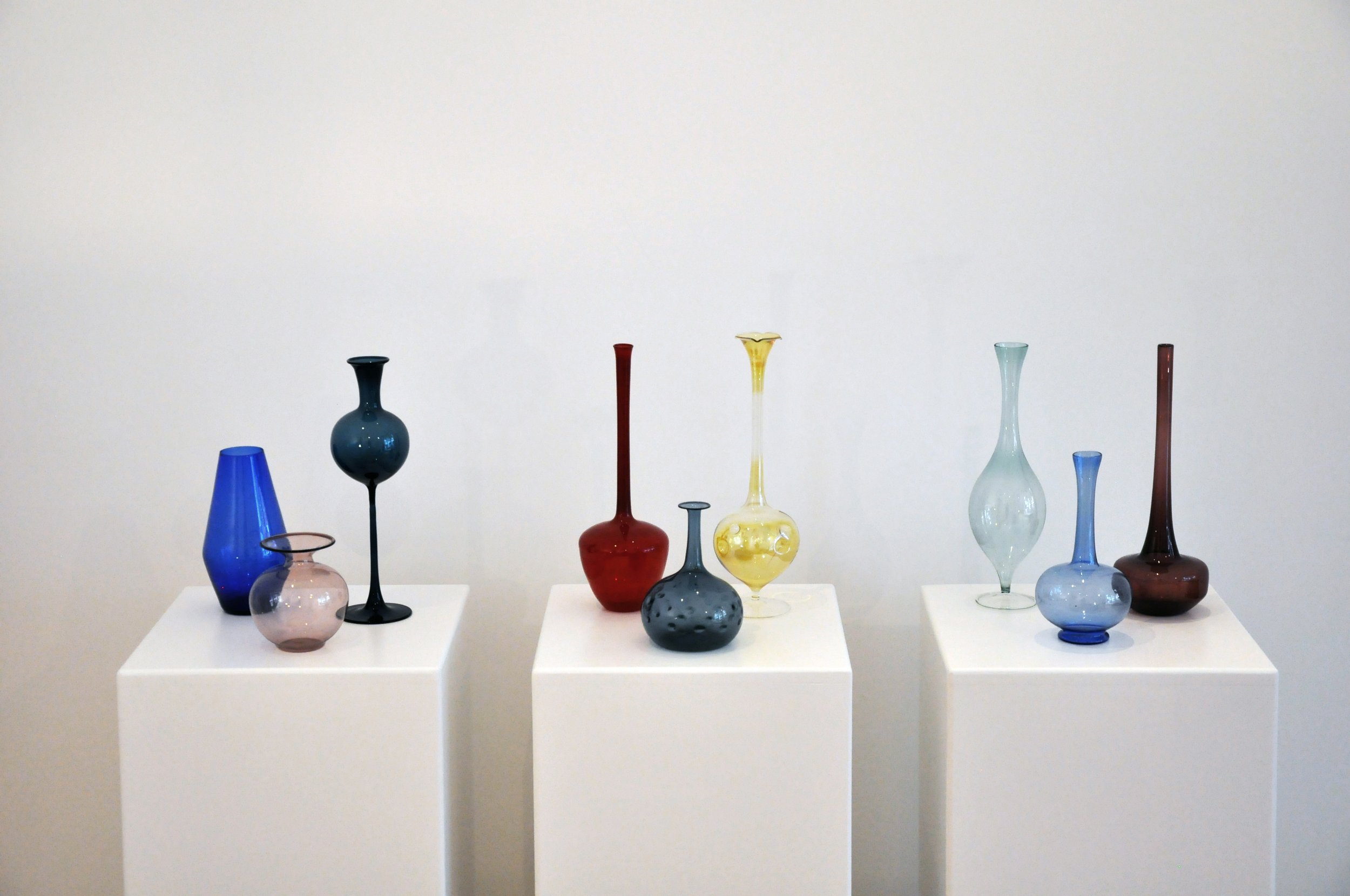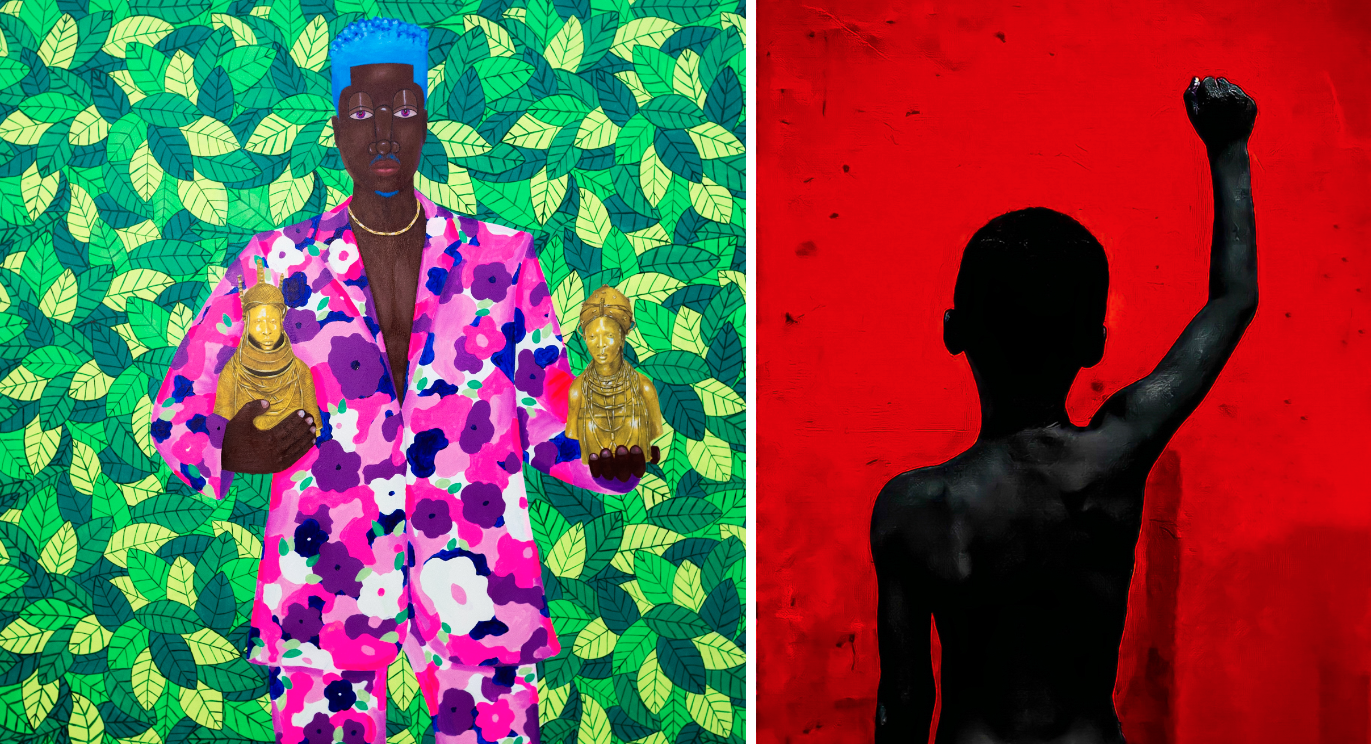Following their first collaboration in 2007, CHYBIK + KRISTOF and KOMA Modular conclude their collective work on the Modular Research Centre, showcasing an innovative use of modular structures by altering conventional systems. Pushing the boundaries of standard modular architecture, the new research centre creates transparency and openness within the local community while serving as a think-tank presenting new concepts and possibilities of modular buildings.
October 6, 2022 (Prague, Czech Republic) – CHYBIK + KRISTOF (CHK) announce the completion of the newly designed Modular Research Centre with KOMA Modular, a Czech module manufacturer, located in Vizovice, Czech Republic. Latest in a series of collaborations, the recently completed 170 m2 research centre acts as a think-tank – an innovative space to challenge and expand on existing notions of modular construction. Situated at the edge of the KOMA complex, the new research centre carefully integrates the factory into its surrounding environment while creating a large semi-public social gathering square contributing to the employees' liveliness and progressive working culture. The one-story building allows passers-by to view the factory from the street level, further enhancing an accessible, transparent, barrier-free area.
The partnership between CHK and KOMA began in 2014 by creating a master plan for the entrance and public area consisting of three modular buildings. The master plan demonstrates a strategic configuration design of the factory’s entrance, expanding on public space, in which each structure unveils modular versatility. Following the completion of the Modular Cafeteria in May 2014, CHK designed the Czech pavilion at EXPO 2015 in Milan, which was later converted into an office building for KOMA. The newly completed research centre (2022) presents the third and final modular design, rooted in the concept of rotated containers functioning as columns, enabling an architectural malleable space to further expand on the notions of modular architecture.
Set to become an innovation hub for the factory complex to develop and explore new undiscovered building methods with modules, the research centre forms an adaptable system that can meet multi- purpose needs. Acting as an idea generator, the building is an important meeting place for all professionals to create innovative and special products, consequently becoming a default gathering point and evolution center for the future of modularity. Keeping in mind the structure's principal function, it is further underlying the vital element of transparency reflected in its building. Creating a complex that is open and welcoming to the local community confidently reflects on the principle of new concepts envisioned to form inside the rotated containers of the building.
Created as a prototype of a new and adaptable modular system, the research center underlines the studio’s dedication to expanding the limitations of modular architecture and engaging in supporting local communities. Putting the focus on crafting new shapes offering unrestrained modularity and showcasing an innovative system of multifunctional modular shapes, the studio is purposely shifting old paradigms and expanding on the typical rectangular construction to foster a transparent working environment. Bypassing the restriction of the customary use of right-angled units placed side by side, the research centre varies from a standard model in the basic re-imagination of the use of modular structures, making it a user-friendly model for the future of modular architecture.
Containing three main module elements, the floor, the container, and the roof units, the composed space creates a new unique system – spatial units containing the facilities are leveled onto the planar flooring modules, which are anchored to the foundation, functioning as columns. Placed in between the containers and the roof, vast window surfaces draw in an abundance of light, keeping the workplace open and connected to the exterior space.
The juxtaposition of the main modules and glass surfaces forms an all-inclusive spacious open area dedicated to horizontal and vertical working spaces. The area itself is entirely flexible, avoiding negative aspects of large open space offices, and can be readjusted to meet the specific needs of any project, forming multiple adaptable and individual workstations. As a natural continuation of the modularity concept, the furniture design allows the office equipment to be supplemented, changed, and adapted to new needs over time – pieces of equipment can be customized simply by re-connecting the elements. Building materials further aid in reflecting and understanding the innovative modular concept of the research centre, with its perforated surface and visible details used to the maximum extent in their natural form. As a material that KOMA manufactures and uses daily, aluminum was a clear choice for the complex, aiding the understanding of modular build principles easily.
Left Vaulted house in the small village of Pastena, Amalfi, Courtesy of Studio Architetti Artigiani Anonimi; Right Drawing of Proporzione Mediterranea_Daybed 01, Courtesy of Studio Architetti Artigiani Anonimi
CHK encourages further expansion and research of modular architecture and emphasizes its importance,
“As the emerging trajectory for modular architecture and technologies continue to advance, we have positioned our capabilities in this area at the forefront of innovation to create promising solutions towards a future that we believe lies in modular architecture.”
---
NOTES TO EDITORS:
About CHYBIK + KRISTOF
CHYBIK + KRISTOF is an architecture and urban design practice founded in 2010 by Ondrej Chybik and Michal Kristof. Operating with 50+ international team members and offices in Prague, Brno, and Bratislava, the practice aims at creating bridges between private and public space, transcending generations and societal spheres. Taking into account local histories and environmental specificities, the studio works on a wide array of projects, ranging from urban developments to public and residential buildings. Recent projects include: the Czech Pavilion at Expo 2015 (Milan, Italy), Lahofer Winery (Czech Republic), Zvonarka bus station (CZ), or Multipurpose arena in Jihlava (CZ). The studio has been awarded a number of prizes, including the 2019 Design Vanguard Award from Architectural Record, and was recently amongst the European Centre for Architecture Art Design and Urban Studies 2019 40 Under 40 Award winners.
chybik-kristof.com
About KOMA
KOMA is a manufacturer of modular buildings based in Vizovice, the Czech Republic. It is formed from several companies working towards the same goal, emphasizing innovation and design since 1992. They care about a good working and living environment, and they are constantly developing and impro-ving. When designing their solutions, they have the welfare and needs of the customer in mind, to whom they always want to bring a high added value. KOMA believes that the future of construction is modularity.
koma-modular.cz
Project Team:
Ondřej Chybík, Michal Krištof, Ondřej Mundl, Lukáš Habrovec, Martin Holý, Michal Klimeš, Dávid Medzihorský, Vojtěch Kouřil, David Bernátek, Petr Novák, Vladimír Šobich, Přemek Zhoř
Landscape architecture:
Atelier zahradní a krajinářské architektury Sendler
Technical solutions:
Jiří Valenta, Oldřich Studený, Petr Chval
Photo credits:
Jesús Granada, Alex Shoots Buildings, Julius Filip, Pavel Barták
Illustrations:
Alexey Klyuykov, CHYBIK + KRISTOF
Download PDF












































